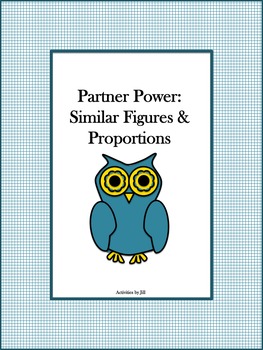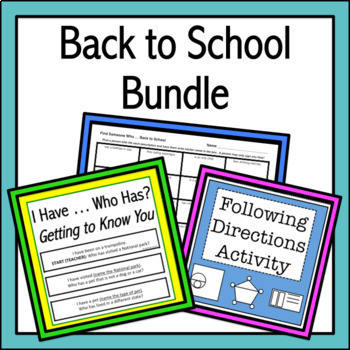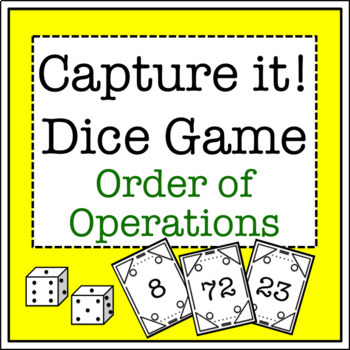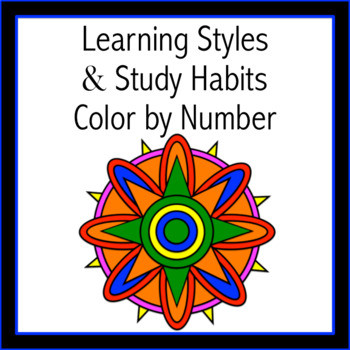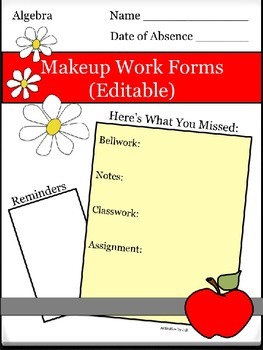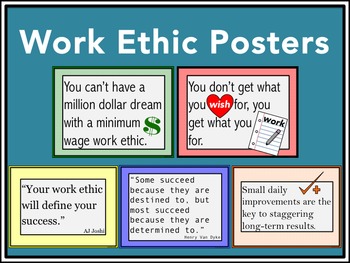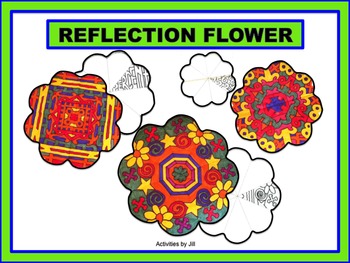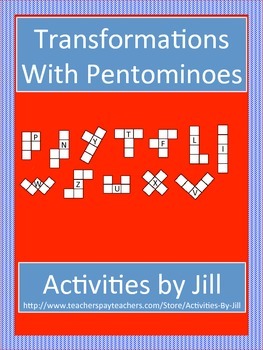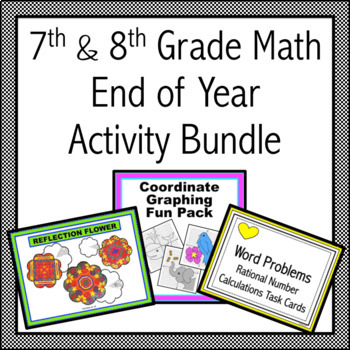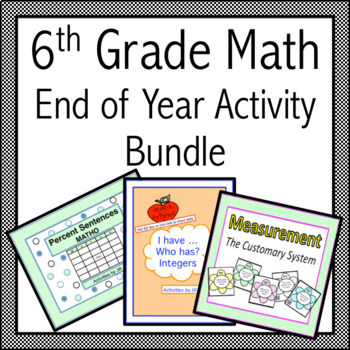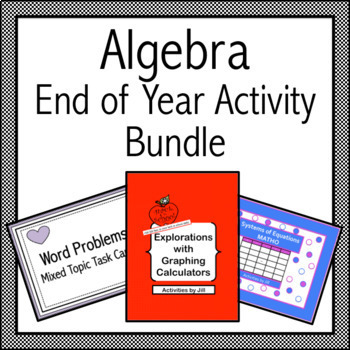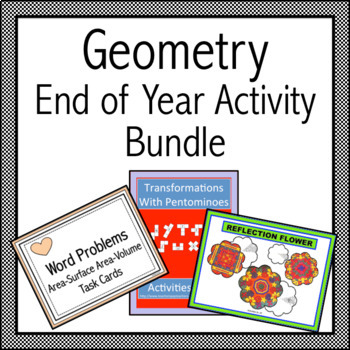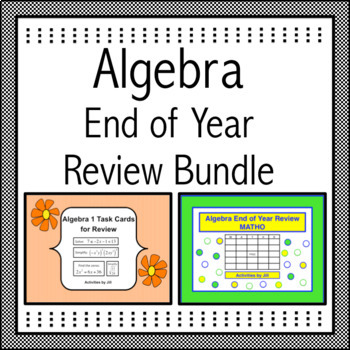The teaching profession requires constant caring, planning, and intellectual energy. This can be exhausting, especially when you add your personal life to the mix. Sometimes we need a break from our normal routine to ease the stress resulting from being pulled in so many different directions.
Something one of my professors said back when I was pursuing my Master's degree has always stuck with me. He said that teachers often don't get to see the end result of their work.
For example, an architect gets to see a completed building and feels a sense of satisfaction. A surgeon gets fulfillment from seeing a patient make a full recovery. An artist feels a sense of accomplishment each time a painting or sculpture is finished.
However, a teacher may never see the adults former students grow into. How exactly can we pinpoint the part we might have played in the development of a human being? The satisfaction of a job well done is more difficult to recognize than in most professions. A visual of the finished product created by a teacher is elusive.
My professor's solution was to participate in Habitat for Humanity projects. He saw the completed homes as well as the joy of the families who received them.
My favorite thing to do when I need to recharge my teacher battery is to redecorate a room in my home. I enjoy the process of choosing a new color palette, painting, and redecorating. Then, when I see the end product of my efforts, I feel a wonderful sense of satisfaction.
 |
| Before |
 |
| After |
What do you do to recharge your "teacher battery"?



